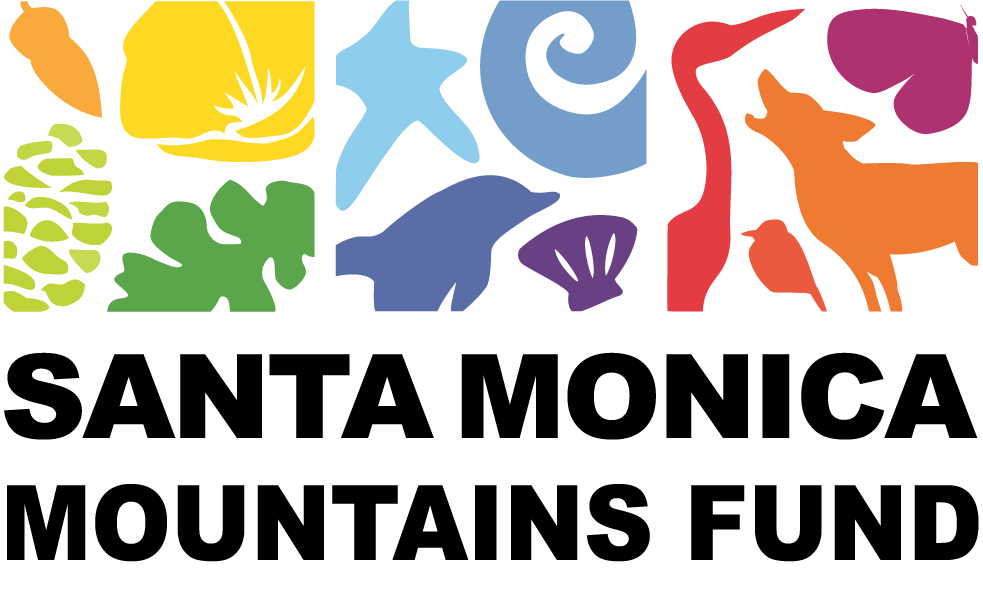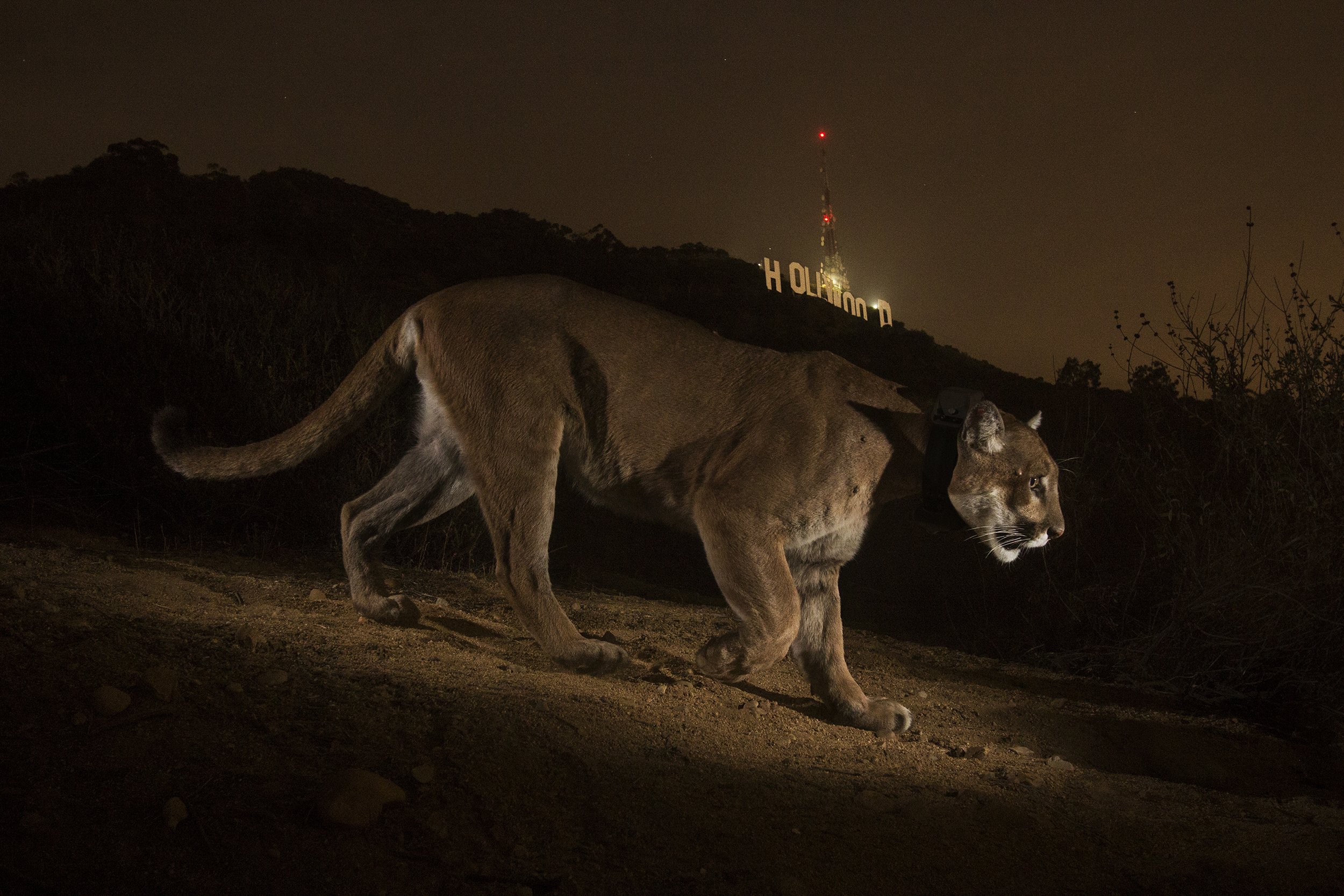
Wildlife crossing nursery
SAMO Fund is one of several partners establishing a Native Plant Nursery to grow appropriate flora that will be planted on the Wallis Annenberg Wildlife Crossing to provide animal habitat.
This will make the crossing blend seamlessly into the habitats it will connect, right down to the biological micro systems sustaining life.
SAMO Fund has worked with National Park Service to staff the nursery.
What is the Wallis Annenberg Wildlife crossing?
The Wallis Annenberg Wildlife Crossing, is an epic project incorporating decades of research by biologists from the National Park Service and reinforcing conservation efforts led by the Santa Monica Mountains Conservancy.
The Wallis Annenberg Crossing will be a seamless corridor between populations of animals isolated by the 101 Freeway. It will provide a safe passage across one of the busiest roads in the country for our local wildlife, including the local endangered mountain lions.
The 101 freeway has been identified as the most significant barrier to the ecological health of our region, both in terms of accidents and the creation of isolated populations.
Why Does the Wildlife Crossing Need Its own Nursery?
To Create a seamless corridor, the crossing needs to blend into the mountains either side of the 101 Freeway
To achieve this seamless corridor, SAMO Fund is working closely with Project Partnership Team and Rock Design LLC to develop the Wallis Annenberg Wildlife Crossing Project Nursery - which will provide the plants for the crossing and its immediate surroundings.
The plants for the crossing will be grown from seeds collected from locations as close as possible to the site. The close location will ensure that local genetics are supported and represented. The plant nursery will be responsible for establishing and growing the plants for the whole project.
To ensure as little disruption as possible in plant diversity, the nursery will use soil, fungi and other material harvested from close locations. The idea is that the very microbiome of the soil being used will be similar to the areas immediately around the crossing.
This will not only help the plants to establish themselves on the crossing, but will also strengthen the ecological health of the crossing.
“Plant soil microbiome is the dynamic community of microorganisms associated with plants and soil. This community includes bacteria, archaea, and fungi and has the potential for both beneficial and harmful effects on plant growth and crop yield.”
Who is leading this project?
Katherine Pakradouni managed the construction of the nursery as well as the propagation of the plants through stage one of the sowing and growing of the plants at the nursery. She worked closely with the Rock Design team to develop the soil biology strategy, balancing the physical characteristics of the soil with the chemical and biological properties, right down to the microscopic level.
Katherine’s tireless, meticulous efforts – from working with the landscape architects to develop a suitable planting palette to scouting for, collecting, and cleaning locally collected seed to scouting for mushrooms with the team mycologist – are a testament to her dedication to her work.
Seed collection has been underway for over a year and involves days of in-the-field scouting for appropriate seed sources taking into account the hardiness of the plants as well as their genetic diversity.


















